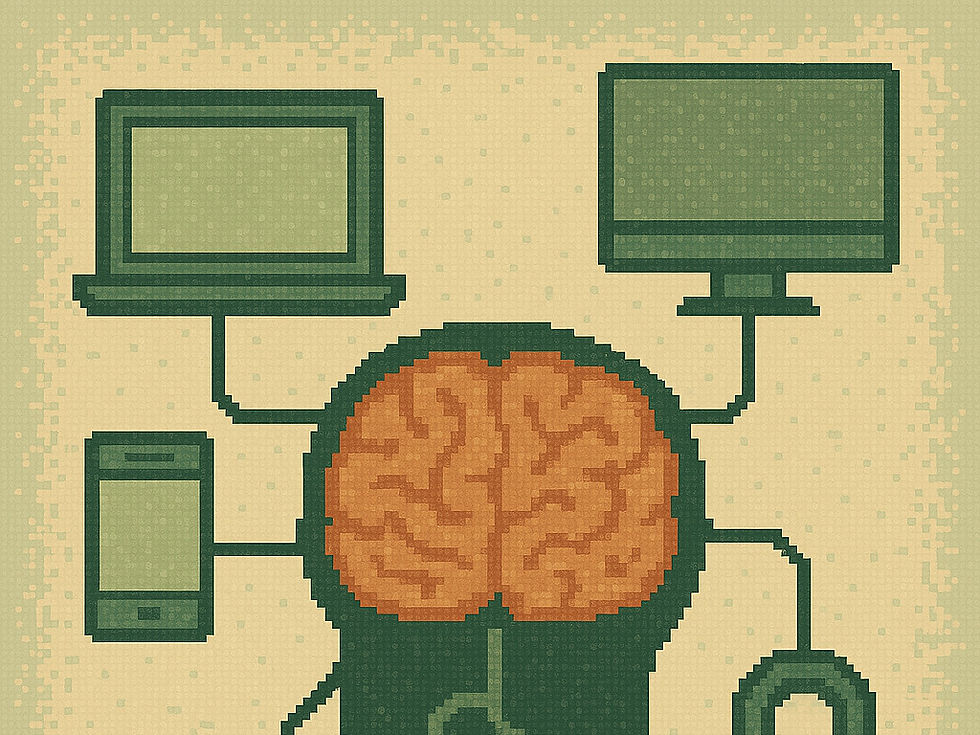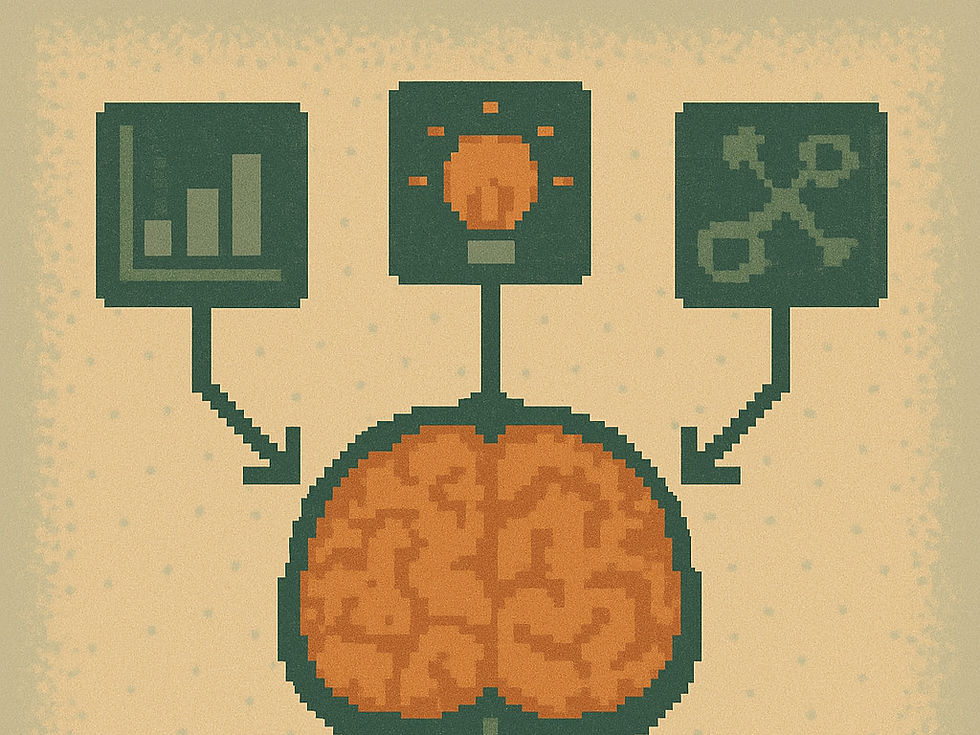What is Curriculum Learning in AI?
- learnwith ai
- Apr 4
- 2 min read
Updated: Apr 5

Curriculum Learning is based on the principle that models learn better when they are introduced to easier tasks before harder ones. Instead of feeding a neural network a random mix of training data, Curriculum Learning sequences the data in a way that mirrors a well-structured curriculum — beginning with foundational examples and moving toward more challenging ones.
Why It Matters
Traditional machine learning often ignores the order of training samples. Curriculum Learning, on the other hand, leverages this sequence to create a smoother optimization landscape. Here’s why it’s impactful:
Improves Convergence: Models reach optimal performance quicker with fewer iterations.
Enhances Generalization: Better handling of unseen data due to structured learning.
Stabilizes Training: Particularly useful for training unstable models like GANs or large language models.
Reduces Overfitting: Easier samples help form a solid base before introducing complexity.
How It Works in Practice
Implementing Curriculum Learning involves three main steps:
Difficulty Assessment: Define what makes a sample "easy" or "hard." This could be based on length, noise, ambiguity, or complexity.
Curriculum Design: Organize the data progressively — simpler tasks are introduced early, with complexity increasing as training progresses.
Dynamic Scheduling: In some approaches, the curriculum evolves based on the model’s performance, adjusting what comes next depending on learning progress.
This method is especially useful in areas like:
Natural Language Processing (NLP): Training language models starting with basic grammar before moving to abstract semantics.
Computer Vision: Using clear, unambiguous images initially, then introducing occluded or distorted visuals.
Reinforcement Learning: Teaching agents simple tasks first before they face more complex environments.
Curriculum Learning vs. Self-Paced Learning
While both approaches structure the learning process, Curriculum Learning is typically designed by humans in advance, whereas Self-Paced Learning allows the model to choose what to learn next based on its confidence. Both can be complementary and are sometimes combined for greater impact.
Real-World Applications
Autonomous Driving: Training models to recognize road signs in good lighting before poor lighting.
Healthcare AI: Diagnosing clear-cut medical images before ambiguous cases.
Educational Technology: Adaptive learning systems that mimic human curricula.
Final Thoughts
Curriculum Learning reflects a shift in how we think about training intelligent systems — not just flooding models with data, but guiding them through a meaningful journey of understanding. As AI systems become more complex and capable, structuring their learning path could be the key to unlocking even more advanced performance.
—The LearnWithAI.com Team
.png)


